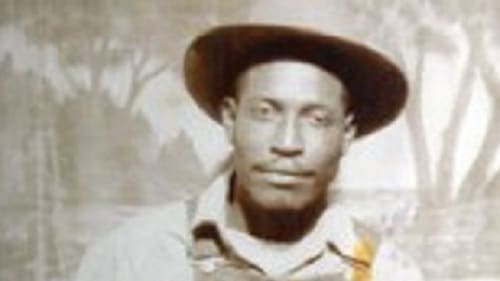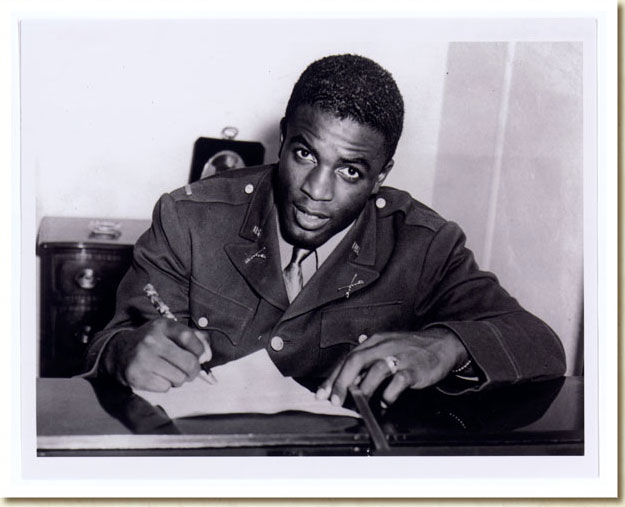Book — Non-fiction. By Joe Sacco. 2013. 54 pages.
Illustrated book depicting the horrific Battle of Somme, emblematic of a hideous war.
Teaching Activity by Joe Sacco
Continue reading
Article. By Howard Zinn. 1976.
Essay urging readers to rethink Memorial Day, who we honor, and what resources we prioritize.
Continue reading
Digital collection. Firsthand accounts and primary sources of the internment of Japanese Americans during WWII.
Continue reading
Book — Non-fiction. By Howard Zinn, edited by Richard Kreitner. 2014. 215 pages.
A collection of articles spanning 50 years, by and about Howard Zinn, originally published in The Nation magazine.
Continue reading
When the Civil Defense Administration attempted to hold a drill simulating a nuclear attack, 27 activists in New York refused to take cover. They handed out pamphlets reading: “We will not obey this order to pretend, to evacuate, to hide... We refuse to cooperate.”
Continue reading
Book — Non-fiction. By Vincent Intondi. 2015. 224 pages.
History of Black activists who fought for nuclear disarmament.
Teaching Activity by Vincent Intondi
Continue reading
A group of students wore black armbands to school to protest the war in Vietnam. The school board got wind of the protest and passed a preemptive ban.
Continue reading
Digital collection. Features documents, photos, and audio and video accounts about the Catonsville Nine who burned Vietnam war draft files.
Continue reading
On June 30, 1966, dozens of people assembled in the basement auditorium of the Community Church for a big announcement. All of them gathered to hear the words of three soldiers, Privates David Samas and Dennis Mora, and Private First Class James A. Johnson. The G.I.’s convened the press conference to perform a bold act: they intended to refuse their orders to go fight.
Continue reading
Website.
An online collection of lessons, book lists, biographies of noted historical figures, and readings for free use by classroom teachers.
Continue reading
Amidst growing opposition to the U.S. war in Vietnam, large-scale anti-war protests were held in New York, San Francisco, and many other cities.
Continue reading
Harriet Tubman planned and guided a significant armed raid (becoming the first woman to do so in the Civil War) against Confederate forces, supply depots, and plantations along the Combahee River in coastal South Carolina.
Continue reading
Lifelong gay rights and anti-war activist Kiyoshi Kuromiya held a demonstration while in college against the use of napalm in Vietnam by announcing that a dog would be burned alive with napalm in front of the university library.
Continue reading
Archbishop Óscar Romero of El Salvador was assassinated by U.S.-backed death squads.
Continue reading
Louis Allen, a WWII veteran who witnessed and was willing to testify about the murder of a voting rights worker in Mississippi, was murdered.
Continue reading
Twenty anti-war protesters were arrested for breaking into selective service offices and destroying draft records.
Continue reading
The United States dropped an atomic bomb for the first time in war over the Japanese city of Hiroshima.
Continue reading
While stationed at Camp Hood in Texas, Lieutenant Jackie Robinson refused to give up his seat on the bus and was court-martialed.
Continue reading
Athens-area Ku Klux Klan members shot and killed WWII veteran and DCPS assistant superintendent Lemuel Penn.
Continue reading
The Fort Hood Three issued a public statement about their refusal to be sent to Vietnam.
Continue reading
Democratically elected Guatemalan president Jacobo Árbenz Guzmán was deposed in a CIA-sponsored coup.
Continue reading
The Supreme Court ruled 7-2 in Tinker v. Des Moines that students do not “shed their constitutional rights to freedom of speech or expression at the schoolhouse gate.”
Continue reading
























